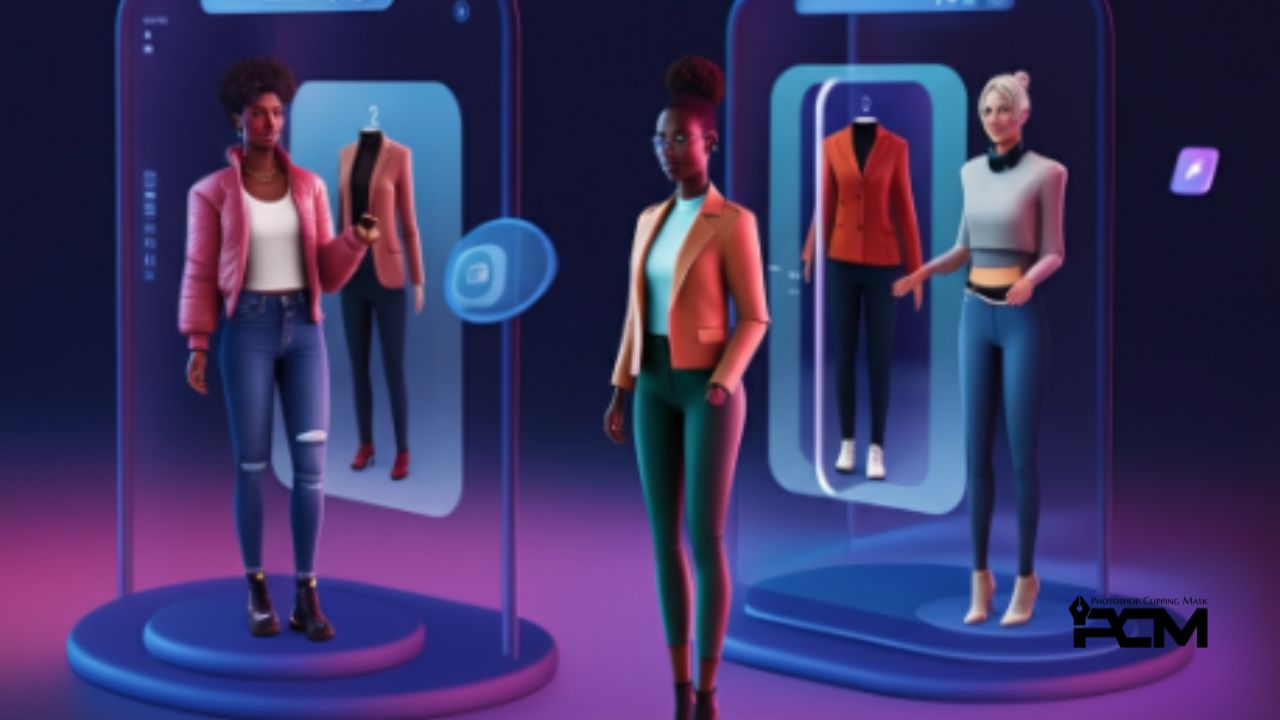The fashion industry is transforming, and technology is leading the charge. With the shift to online shopping and rapid advancements in digital tools, fashion ecommerce has become more dynamic than ever. Among the most intriguing innovations is the rise of virtual models.
These lifelike digital avatars are not only redefining how clothes are marketed but also how customers engage with brands online. From runway shows to product pages, virtual models are leaving their digital footprint everywhere. But what exactly are they, and how can they revolutionize fashion ecommerce? Read on to explore everything you need to know about virtual models, their applications, and their impact on the industry.
What Are Virtual Models?
Virtual models are computer-generated humans designed to look, move, and interact like real people. Created using cutting-edge technologies such as 3D modeling, artificial intelligence (AI), and animation, virtual models are versatile assets that can showcase a wide range of outfits, poses, and looks across various platforms.
There are two main types of virtual models:
- Fully AI-Generated Models
These are entirely fictional characters, meticulously designed with unique appearances and personalities. Many of them even have social media followings. A prime example is Lil Miquela, a CGI influencer who collaborates with top-tier fashion brands like Prada and Calvin Klein while amassing millions of followers online.
- Digital Clones of Real Models
These are 3D replicas of real-world models that allow brands to extend campaigns without requiring someone’s physical presence. For example, a brand can create a digital version of a supermodel for virtual campaigns, cutting down costs and speeding up project timelines.
Whether fully fictional or digitally cloned, virtual models can don outfits, interact with environments, and even engage with audiences in ways that match or exceed the capabilities of real-world models.
Notable Virtual Models in Fashion
- Shudu: Often referred to as the world’s first digital supermodel, Shudu embodies high-fashion beauty and has worked with luxury brands like Balmain.
- Lil Miquela: A cultural icon in the influencer world who also makes music and sparks debates about digital authenticity.
How Are Virtual Models Used in Fashion Ecommerce?
Virtual models aren’t just a passing gimmick; they offer tangible benefits for ecommerce businesses. Here’s how brands are leveraging them:
1. Virtual Try-Ons
Brands use virtual models to help customers visualize how clothes will fit and move. Some websites even allow shoppers to upload their photos or create avatars to see outfits tailored to their features. This personalized experience boosts confidence in purchases.
2. Diverse Representation
Virtual models can be customized to showcase different skin tones, body shapes, and sizes. This enables brands to promote inclusivity, ensuring that customers see themselves reflected in the models.
3. Consistent Product Display
With virtual models, every product can be showcased under the same lighting, angle, and pose. This consistency enhances the online shopping experience, making it easier for customers to compare outfits and notice intricate design details.
4. Augmented Reality (AR) and Virtual Reality (VR) Experiences
Imagine walking through a virtual store with AR on your phone or wearing VR headsets to see avatars modeling clothes. Brands are experimenting with innovative shopping experiences like these to captivate digital-savvy consumers.
5. Social Media Campaigns
Virtual models are excellent for creating unique, cost-effective marketing campaigns. Styled and positioned in any setting, they provide limitless creative possibilities for ads and influencer-like promotions.
What Are the Benefits of Virtual Models for Ecommerce?
Virtual models are more than just an innovative trend. They can significantly enhance a brand’s operations and customer experience. Here’s how:
1. Improved Shopping Experience
Virtual models allow customers to see how clothes fit and flow on realistic avatars, helping bridge the gap between online and in-store shopping.
2. Fewer Returns
By showcasing clothes on models that reflect different body types, customers can make better-informed choices. This leads to fewer size mismatches and reduced return rates.
3. Lower Costs
Traditional photoshoots require budgets for locations, photographers, stylists, and more. With virtual models, brands can create unlimited campaigns without breaking the bank.
4. Always On-Demand
Virtual models don’t need rest or travel arrangements. Brands can deploy them for last-minute campaigns or seasonal launches around the clock.
5. Eco-Friendly Solution
Digital models eliminate the need for sample production, shipping, and photoshoots, drastically lowering a brand’s environmental footprint.
6. Scalability and Flexibility
Whether you’re styling a capsule collection or an entire seasonal line, virtual models can adapt quickly. Create versatile poses, lighting conditions, and expressions to suit any project.
Challenges and Limitations of Virtual Models
While virtual models have undeniable advantages, they also come with potential drawbacks:
- Lack of Relatability: Some shoppers feel more connected to real-life models. Virtual models, no matter how lifelike, can lack that human authenticity.
- High Initial Costs: Creating high-quality digital avatars requires skilled talent and expensive tools. This might pose a challenge for smaller brands.
- Ethics Concerns: There’s an ongoing debate around diversity, cultural appropriation, and unrealistic beauty standards in virtual fashion. Brands need to address these concerns responsibly.
- Technical Barriers: Not all ecommerce platforms can seamlessly integrate virtual models. Load times and poor optimization can disrupt user experiences.
- Transparency: If customers are unaware that a model is virtual, they may feel deceived. Brands need to be upfront about their use of CGI technologies.
Real-World Brands Using Virtual Models
Some of the industry’s top brands are already leveraging virtual models. Here’s how they’re staying ahead of the curve:
- Zara: Known for its technological innovation, Zara uses virtual models to give product pages a sleek, futuristic look.
- Nike: Incorporating virtual try-on tools for sneakers, Nike sets the stage for broader digital integration.
- Balmain: With virtual models like Shudu, Balmain pioneers diversity in fashion while making a bold statement about technology.
- Tommy Hilfiger: This fashion titan uses 3D avatars and digital tools across its ecommerce and supply chain, saving time and costs.
The Role of AI and Machine Learning
AI and machine learning drive the progress of virtual models, enabling smarter, faster, and highly customized shopping experiences.
Here’s how:
- Realistic 3D design with lifelike skin and movements
- Predictive shopping trends based on customer behavior
- Personalized avatars for tailored try-ons
- Faster design-to-market workflows
Are Virtual Models Here to Stay?
Virtual models are not a passing fad; they are shaping the future of fashion ecommerce. From hyper-personalized shopping experiences to eco-friendly solutions, they bring a new level of innovation to an industry hungry for change.
Soon, we may see these advancements become more affordable for smaller brands, bridging the gap between creativity and accessibility. Virtual models will likely become the new norm in ecommerce, blurring the lines between technology and experience.
Driving Ecommerce Innovation with Virtual Models
Virtual models are more than a trend; they’re a strategic shift in how fashion brands operate. Combining technology, creativity, and sustainability, these digital figures are unlocking new opportunities in the ecommerce landscape.
Curious about exploring virtual model integration for your business? The future of fashion ecommerce is already here, and now is the time to innovate.

